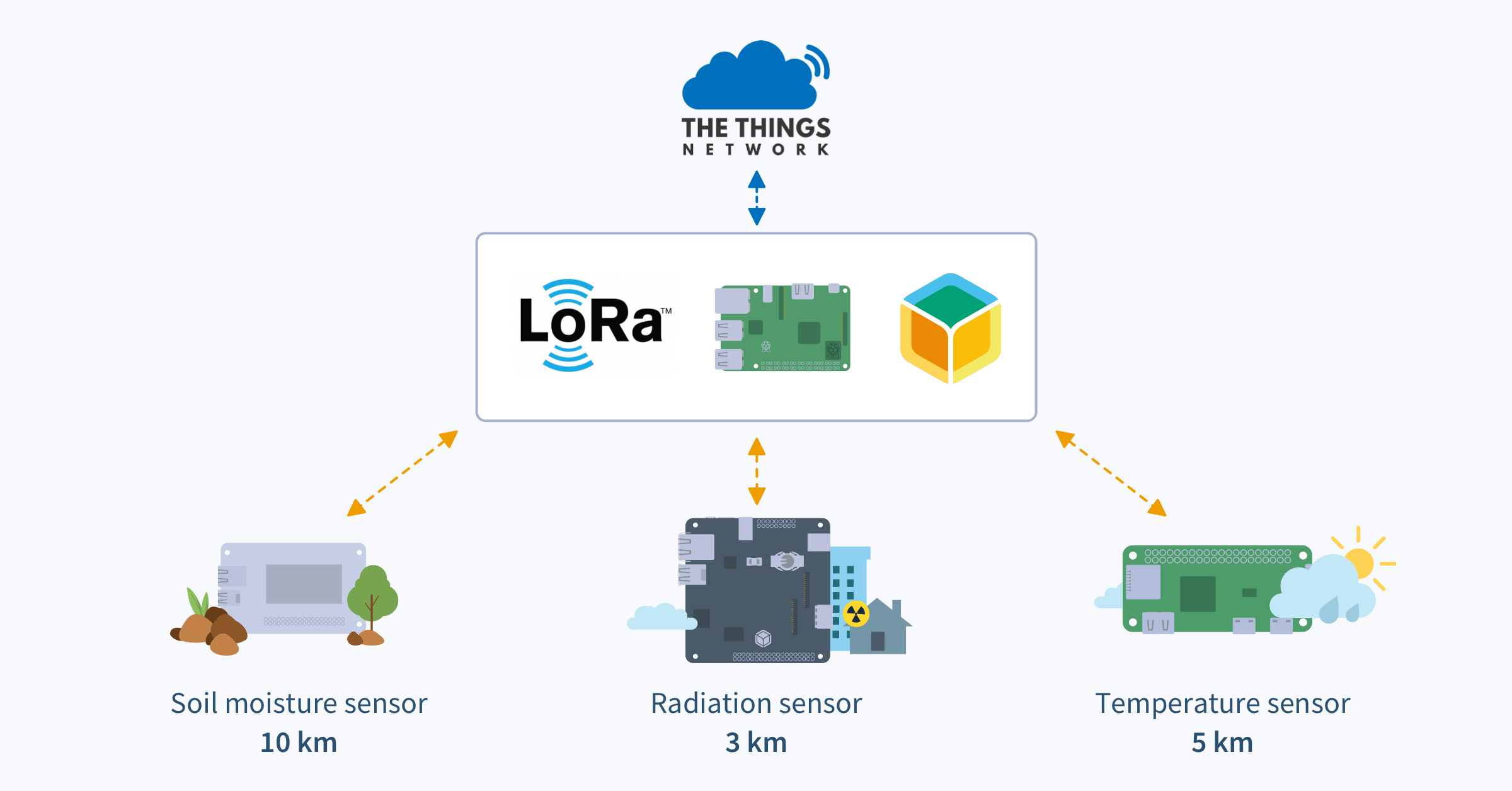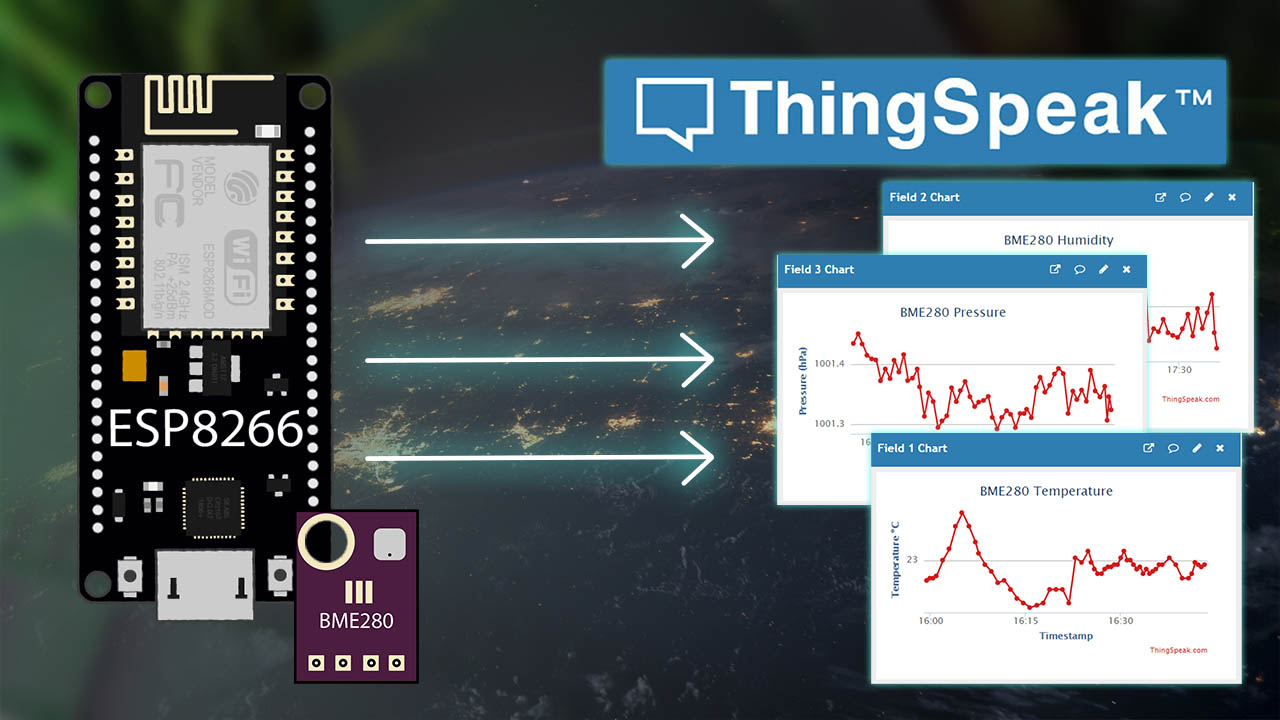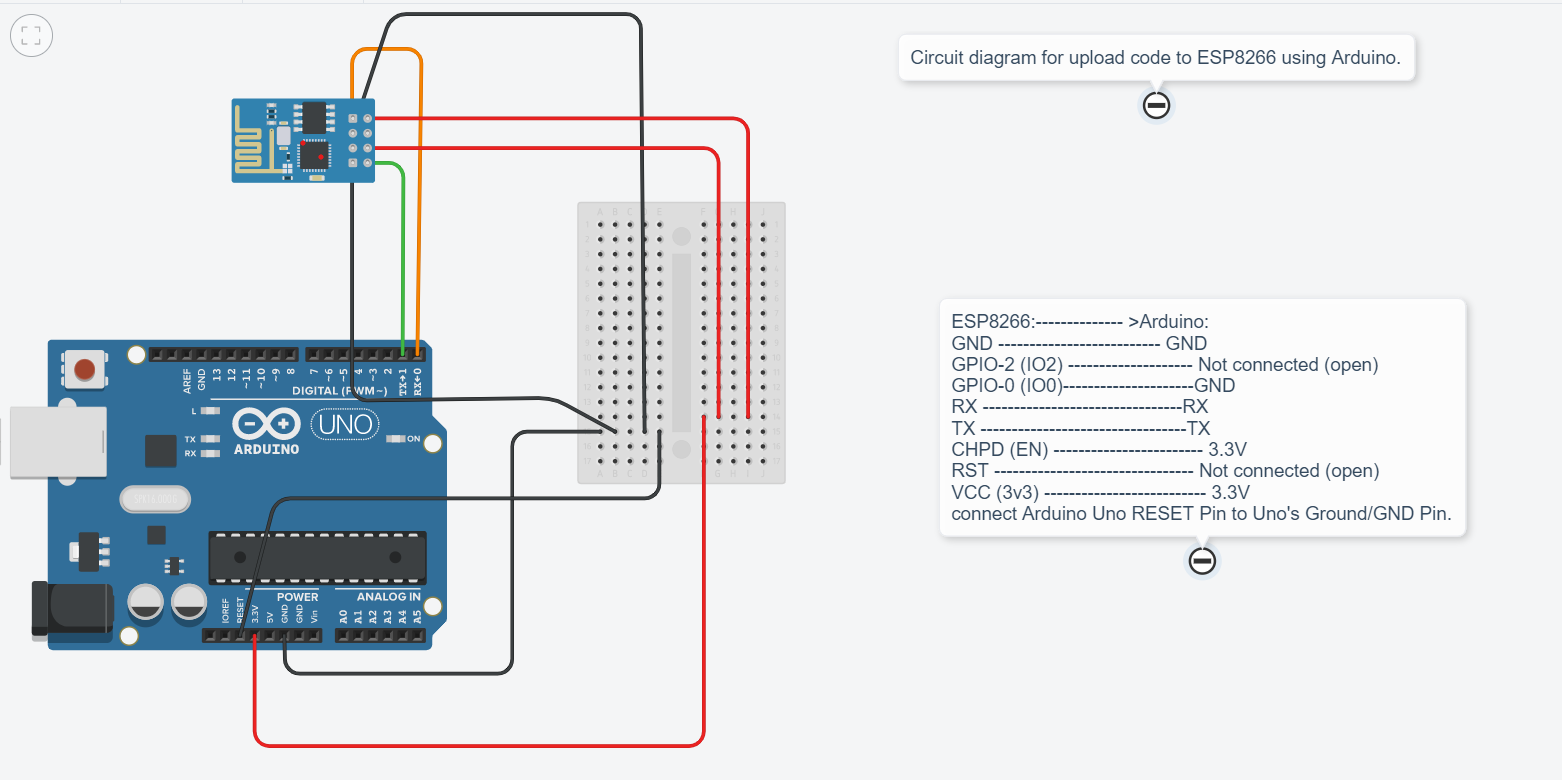Best Battery Management Solutions for IoT
Internet of Things (IoT) devices are becoming increasingly popular in our daily lives, from smart home devices to industrial sensors. However, one of the key challenges facing IoT deployments is ensuring reliable and long-lasting battery life. In this article, we will explore some of the best battery management solutions for IoT to help you optimize the performance of your connected devices.
1. Low Power Modes
One of the simplest ways to extend battery life in IoT devices is by leveraging low power modes. By putting the device into a low-power state when it is idle or not in use, you can significantly reduce power consumption and extend battery life. This can be achieved by using sleep modes, power gating, or dynamic voltage and frequency scaling.
2. Energy Harvesting
Energy harvesting is another innovative solution for extending the battery life of IoT devices. By incorporating energy-harvesting technologies such as solar panels, thermoelectric generators, or piezoelectric transducers, you can generate power from the surrounding environment to supplement or even replace traditional batteries.
3. Power Management ICs
Power management integrated circuits (PMICs) are essential components for efficient battery management in IoT devices. These ICs optimize power delivery, regulate voltage levels, and manage charging and discharging cycles to maximize battery life. By selecting the right PMIC for your device, you can improve energy efficiency and overall performance.
4. Battery Monitoring Systems
Implementing battery monitoring systems in IoT devices is crucial for preventing unexpected power failures and optimizing battery usage. By continuously monitoring battery health, voltage levels, and charging status, you can proactively identify potential issues and take necessary actions to prolong battery life and ensure reliable operation.
5. Software Optimization
Optimizing software algorithms and protocols can also have a significant impact on battery life in IoT devices. By reducing unnecessary background processes, minimizing data transmission, and implementing efficient power management strategies in software, you can improve energy efficiency and extend battery life without compromising performance.
6. Smart Charging Solutions
Implementing smart charging solutions can help prevent overcharging, undercharging, and overheating of batteries in IoT devices. By leveraging advanced charging algorithms, temperature monitoring, and intelligent power management features, you can ensure safe and optimized charging cycles that prolong battery life and enhance device reliability.
7. Predictive Maintenance
Adopting predictive maintenance strategies can help anticipate and address potential battery issues before they cause device failures. By collecting and analyzing real-time data from IoT devices, you can identify patterns, trends, and anomalies that indicate deteriorating battery health or performance degradation. This proactive approach enables timely interventions to prevent downtime and maximize battery life.
Conclusion
Effective battery management is crucial for the success of IoT deployments, ensuring reliable operation, optimal performance, and long-lasting battery life. By implementing a combination of low power modes, energy harvesting, power management ICs, battery monitoring systems, software optimization, smart charging solutions, and predictive maintenance strategies, you can maximize the efficiency and longevity of your IoT devices. Stay ahead of the curve with these best battery management solutions for IoT.
Best Battery Management Solutions for IoT
Internet of Things (IoT) devices are becoming increasingly popular in our daily lives, from smart home devices to industrial sensors. However, one of the key challenges facing IoT deployments is ensuring reliable and long-lasting battery life. In this article, we will explore some of the best battery management solutions for IoT to help you optimize the performance of your connected devices.
1. Low Power Modes
One of the simplest ways to extend battery life in IoT devices is by leveraging low power modes. By putting the device into a low-power state when it is idle or not in use, you can significantly reduce power consumption and extend battery life. This can be achieved by using sleep modes, power gating, or dynamic voltage and frequency scaling.
2. Energy Harvesting
Energy harvesting is another innovative solution for extending the battery life of IoT devices. By incorporating energy-harvesting technologies such as solar panels, thermoelectric generators, or piezoelectric transducers, you can generate power from the surrounding environment to supplement or even replace traditional batteries.
3. Power Management ICs
Power management integrated circuits (PMICs) are essential components for efficient battery management in IoT devices. These ICs optimize power delivery, regulate voltage levels, and manage charging and discharging cycles to maximize battery life. By selecting the right PMIC for your device, you can improve energy efficiency and overall performance.
4. Battery Monitoring Systems
Implementing battery monitoring systems in IoT devices is crucial for preventing unexpected power failures and optimizing battery usage. By continuously monitoring battery health, voltage levels, and charging status, you can proactively identify potential issues and take necessary actions to prolong battery life and ensure reliable operation.
5. Software Optimization
Optimizing software algorithms and protocols can also have a significant impact on battery life in IoT devices. By reducing unnecessary background processes, minimizing data transmission, and implementing efficient power management strategies in software, you can improve energy efficiency and extend battery life without compromising performance.
6. Smart Charging Solutions
Implementing smart charging solutions can help prevent overcharging, undercharging, and overheating of batteries in IoT devices. By leveraging advanced charging algorithms, temperature monitoring, and intelligent power management features, you can ensure safe and optimized charging cycles that prolong battery life and enhance device reliability.
7. Predictive Maintenance
Adopting predictive maintenance strategies can help anticipate and address potential battery issues before they cause device failures. By collecting and analyzing real-time data from IoT devices, you can identify patterns, trends, and anomalies that indicate deteriorating battery health or performance degradation. This proactive approach enables timely interventions to prevent downtime and maximize battery life.
Conclusion
Effective battery management is crucial for the success of IoT deployments, ensuring reliable operation, optimal performance, and long-lasting battery life. By implementing a combination of low power modes, energy harvesting, power management ICs, battery monitoring systems, software optimization, smart charging solutions, and predictive maintenance strategies, you can maximize the efficiency and longevity of your IoT devices. Stay ahead of the curve with these best battery management solutions for IoT.



